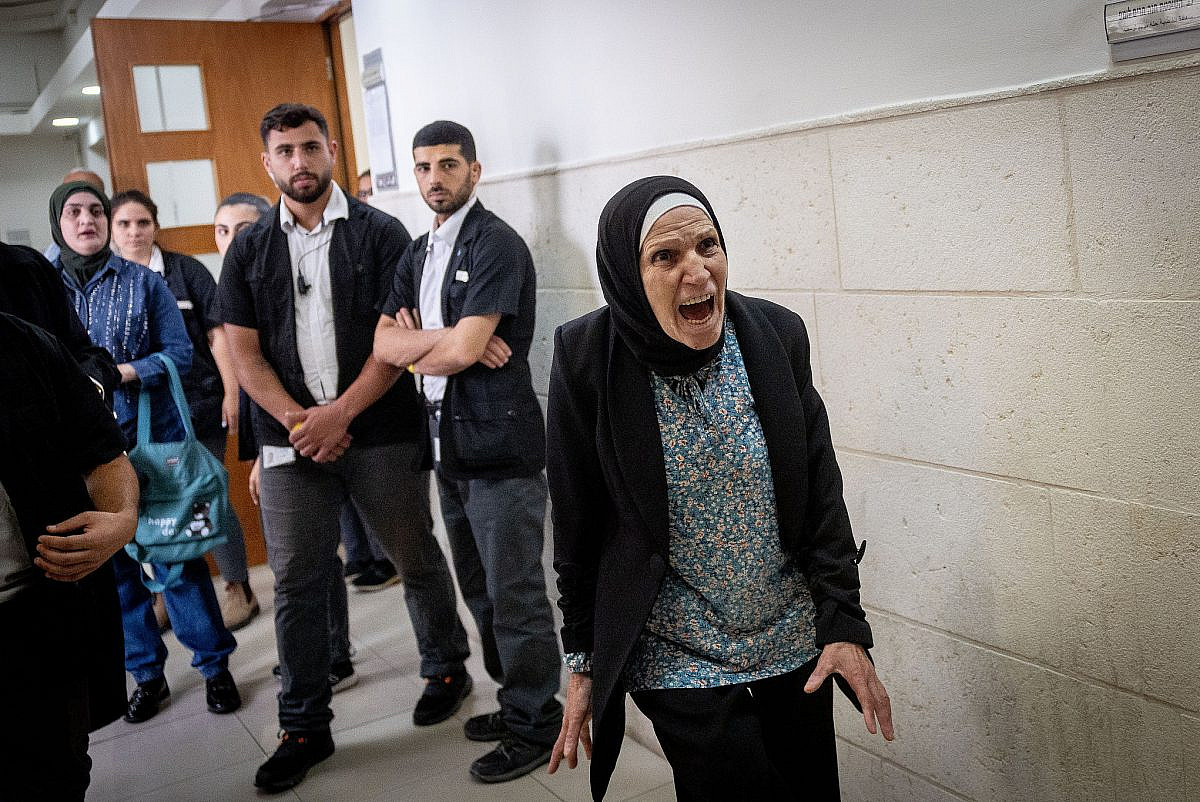On May 30, 2020, Israeli police fatally shot Iyad al-Hallaq, a 32-year-old autistic Palestinian man from the Wadi Joz neighborhood in East Jerusalem. Al-Hallaq had been approaching Lions’ Gate in Jerusalem’s Old City when police suspected that he was a potential threat; they began to chase him, shooting in his direction — and missing — as they ran behind him. Al-Hallaq ran into a small garbage room, followed by a police officer and his commander. The officer shot al-Hallaq in the leg, after which the commander shouted not to shoot. Then, after al-Hallaq, who was lying on the floor, moved his upper body, the officer shot him once more in the chest, killing him. Al-Hallaq was not carrying a weapon, and did not attempt to carry out any violent action against anyone.
Two months later, in July 2020, the Justice Ministry claimed there was no video footage of the killing, despite the fact that there are no fewer than 10 private and security cameras in the area between Lions’ Gate, where the chase began, and the garbage room where al-Hallaq’s life ended. Y., the officer who killed al-Hallaq (in Israel, the names of security personnel who are on trial for killing Palestinians are barred from publication), was indicted for reckless homicide, an offense that, at least in theory, carries up to 12 years in prison.
These are the facts. So what led the Israeli justice system to determine that his brutal killing was justified, and to acquit the police officer responsible earlier this month? It is not a simple task to justify armed men chasing down and shooting dead an autistic man. In fact, it took Jerusalem District Court Judge Hannah Miriam Lomp’s 70-page verdict to accomplish this leap of legal logic.
At the beginning of the decision, Lomp refers to the defense’s claim of “selective enforcement” against Y. The defense’s argument went as follows: Israeli soldiers who commit acts of killing under more serious circumstances than Y. are generally not charged with the crime of manslaughter, and the defense attorneys cited a long series of cases in support of their argument. Both attorneys, with whom I spoke regarding this matter prior to the start of the trial, had previously served in the military prosecution and are well-versed in the material.
To prove their point, Y.’s attorneys referred to the case of Samir Awad, a young Palestinian who was shot in the back of the head and killed while being pursued by two Israeli soldiers in the West Bank village of Budrus. When the soldiers’ attorneys argued that the troops were the victims of selective enforcement — and presented to Lomp a list of 110 similar cases — the state attorney retracted the case. Y.’s attorneys also presented the story of Iyad Hamed, a 37-year-old Palestinian with mental disabilities who was shot in the back and killed by soldiers in August 2016. Another case was the shooting of a 17-year-old Palestinian boy in the head from behind by Col. Yisrael Shomer.
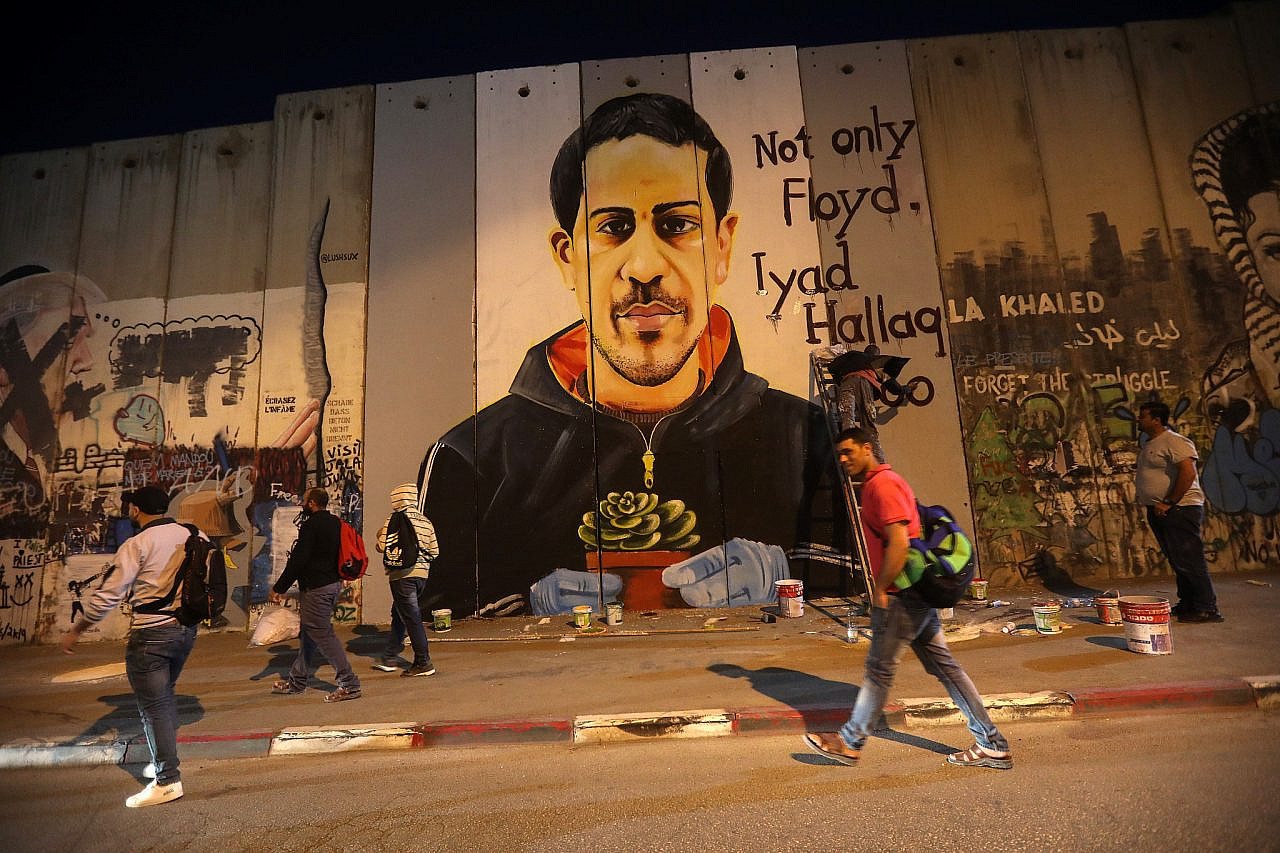
The claim of selective enforcement is real and well-documented when it comes to the killing of non-Jews, but it is one Israeli courts cannot accept because there is too much truth to it. Should a court accept this claim, it would be effectively admitting that there is no real justice system that holds the Israeli army accountable — and from here the road to The Hague is a short one. In her ruling, Lomp stated that the situation in the West Bank cannot be compared to the al-Hallaq killing. “I am of the opinion that it is not possible to conclude from these cases alone the existence of any policy regarding the non-prosecution of combatants who carried out shootings during military operations,” she wrote in her decision.
The main thrust of Lomp’s ruling was that al-Hallaq’s killing was justified. Lomp explained that, subjectively, the “combatant” (who is not a combatant but actually a police officer) believed that al-Hallaq was a terrorist, and therefore acted in self-defense. In other words, since the policeman believed he was facing danger, he was only defending himself, even if shooting al-Hallaq was objectively wrong. But, of course, al-Hallaq was Palestinian, so this subjective assertion, the argument goes, is reasonable — above all when someone on the police walkie talkie is describing a gun-wielding terrorist in the area.
During one of the hearings, National Security Minister Itamar Ben Gvir, who at the time was simply a member of Knesset who had previously been convicted of supporting terrorism, stood outside the court and shouted “Go away, you terrorist” to al-Hallaq’s mother. Needless to say, the mother is not a terrorist — but she is Palestinian. When the minister in charge of people’s personal safety acts this way, what can be expected of a police officer or a judge?
However, the other police officers at the scene did not actually believe that al-Hallaq should be shot in the garbage room where the killing took place. There was L., Y.’s commander, who shouted “stop” after the latter fired a shot during the chase. L. told the court that “at that moment, from my point of view … I don’t feel like I need to shoot. Because I feel like I’ve taken control of the situation and [al-Hallaq] can’t walk away from me.” A., another police officer, also testified: “In a rush of adrenaline I shouted, ‘Don’t shoot!’ I don’t know if they heard me or not. Because I didn’t see [al-Hallaq] holding anything during the chase.”
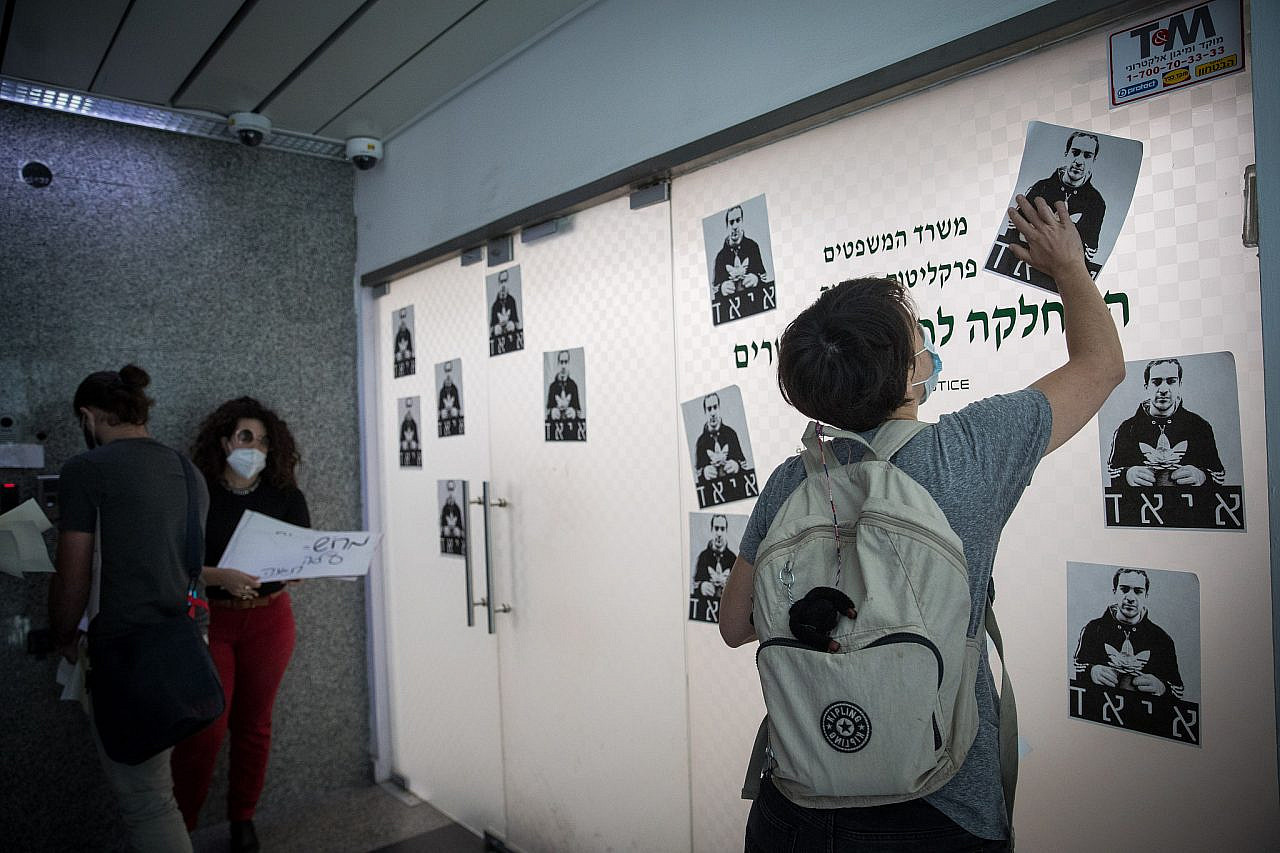
During the trial, the defense tried to claim that the fact that the commander first opened fire during the chase made it easy for the young officer to do so as well. But this is a claim with no basis in fact. The commander did open fire while pursuing al-Hallaq, and doing so is against the law, but at the very least in his case one could make the argument that civilian lives were, theoretically, in danger while the chase was taking place with other people around. Once al-Hallaq was in the small room in the garbage dump, that argument became moot.
But the judge did not give in — not to the other police officers who took the stand, not to logic, and not to justice. Instead, Lomp stated that “the accused acted in good faith” and that “when a man who has just been shot in the lower body and fell to the ground, makes a quick movement upward, despite being ordered not to move while a gun is pointed at him, it may certainly be interpreted by a combatant [the police officer], who is in the middle of what he thinks is a … terrorist attack, as a sign of temerity by a terrorist who does not give up and tries to strike again.”
There is already a serious logical fallacy here. Lomp is explaining the second shot that took al-Hallaq’s life with reference to the first bullet that brought him crumpling to the floor. But that first shot was illegal too — and carried out by the same officer. There was no justification for it, even if there was suspicion, since the officer was not in danger inside the closed room.
Undeterred by logic, Lomp asks in her decision: Why would a person who was shot still move? This is a common mistake in logic — when one makes a false assumption, one can infer anything from it, and vice versa. As soon as the judge assumed that the first shot was legal, that automatically rendered the second one legal as well.
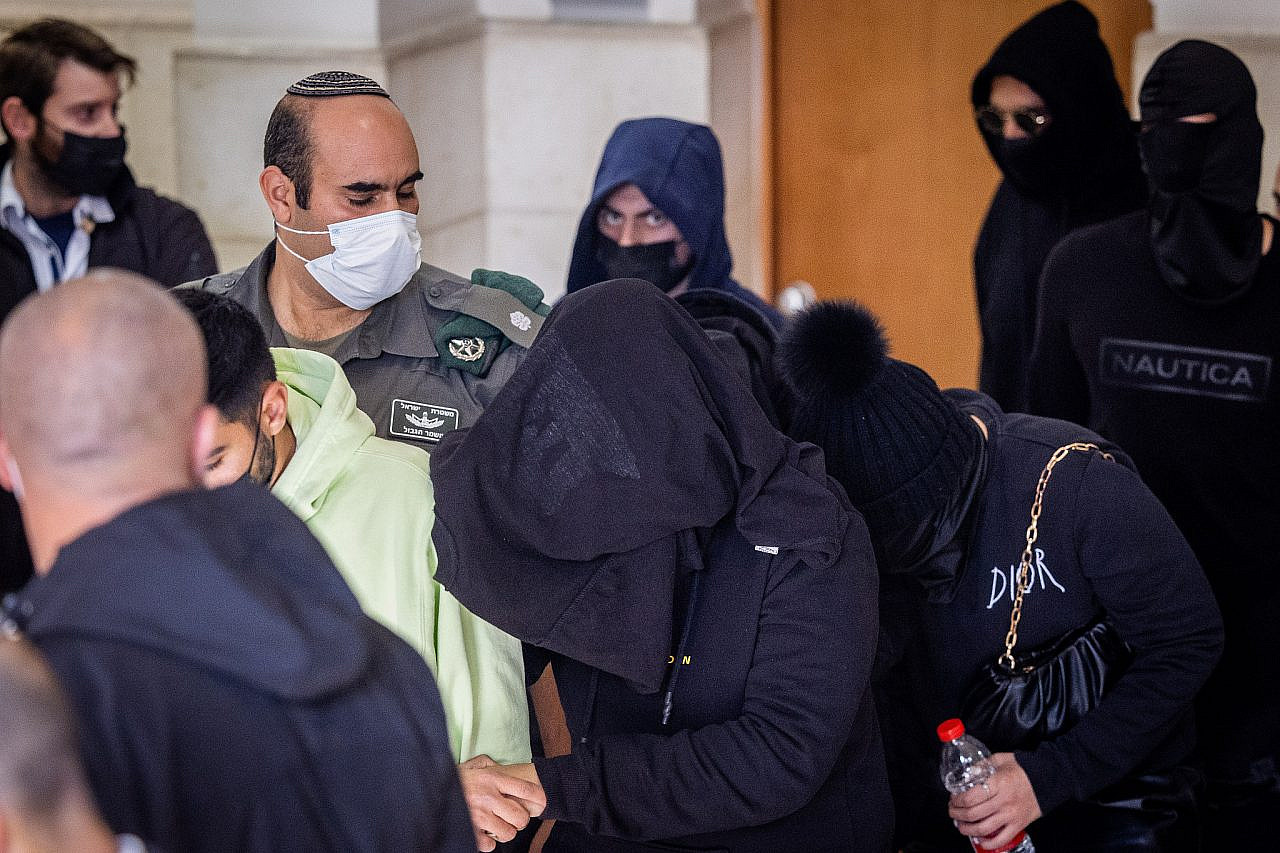
According to this statement, one can open fire on anyone (Palestinian), and if they still move after being shot, one can subjectively interpret it as a sign of temerity and put another bullet into them. The last part of Lomp’s quote, in which she accused al-Hallaq of “trying to strike again,” is also a lie. There is not one claim that he attacked the officers in the first place. It is a lie that the judge must tell herself, because without it, there is no justification for turning a suspicion into a threat that requires neutralizing.
But what about al-Hallaq’s teacher, Warda Abu Hadid, who was next to him in the room in which he was killed? She testified that she shouted to the police that al-Hallaq was autistic, and that they should not shoot him. That should have been enough, at the very least, to stop them from opening fire.
But Lomp found a clever solution to this conundrum as well: “It seems that if Warda’s screams had been as powerful and prolonged as she testified in court, they would have been more clearly etched in the memory of the witnesses. Even Warda herself testified that she is not sure that the police heard her screams.” In reality, the defendant testified that he heard her say something in Arabic, and thus concluded that Warda was in danger. “There is no connection between a person being Arab, Jewish, or disabled and the fact that he is a terrorist,” the defendant told the court, despite never having been asked about selective enforcement against any group.
Finally, we arrive at the most dangerous section of Lomp’s decision, in which she quoted from Supreme Court President Esther Hayut in the case of Sami Ali Hassan Ali Kusba, who appealed to the Supreme Court following the death of his son at the hands of Shomer, the Israeli colonel: “It should not be ignored that military activity is characterized by a unique kind of intensity — by a sense of uncertainty, which surrounds every operational arena, by the frequency of events following one other, in which every decision by [Israeli] forces, which is made in a fraction of a moment, could be fateful and fatal. Risk-taking, which naturally increases the possibility of making mistakes, is an integral part of military activity and the achievement of that activity’s goals.”
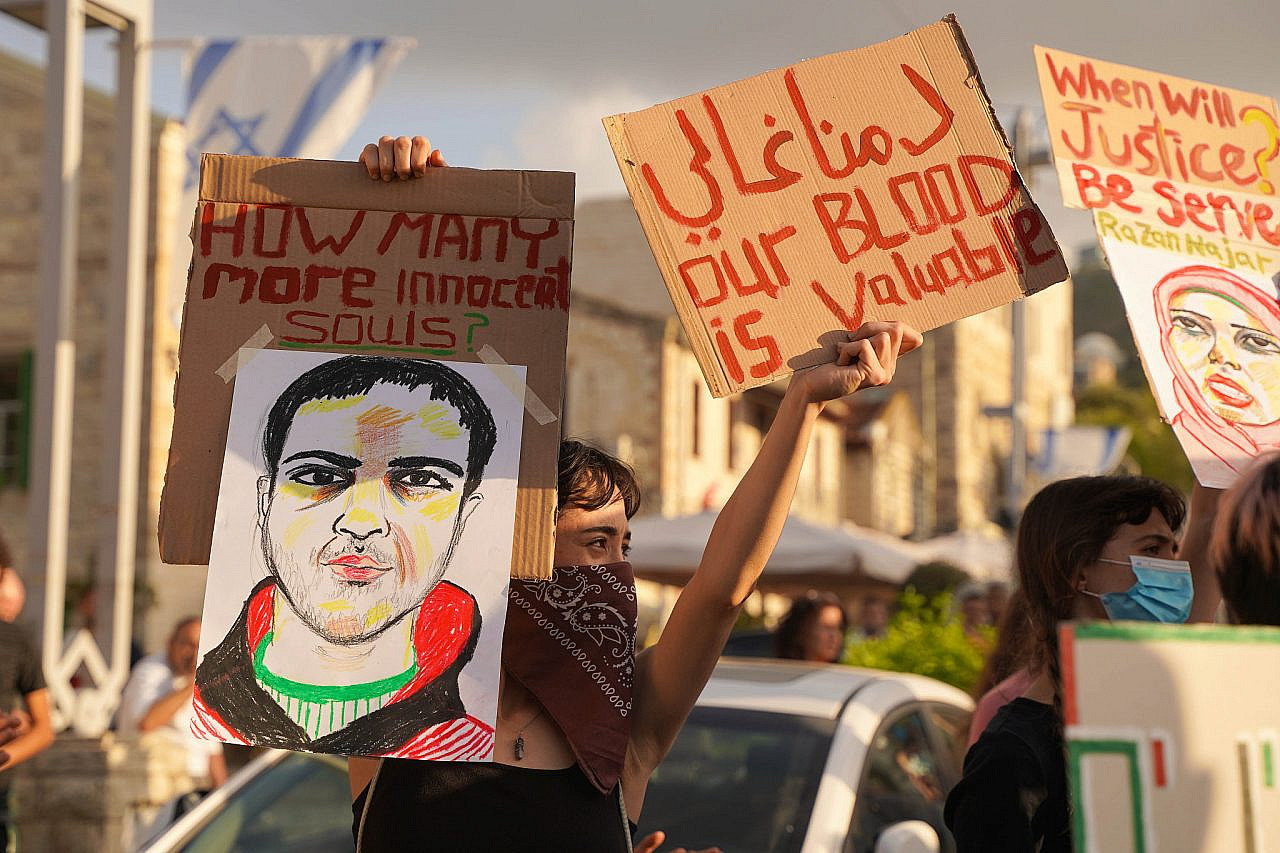
This was a ruling handed down regarding so-called military activity against an enemy, which is, in essence, different from a policing operation in Jerusalem. By basing her decision on Hayut’s ruling, Lomp actually opened the door to the militarization of the police against Palestinians, and gave carte blanche to the killing of any Palestinian — even if they are autistic — under the pretext of imagined danger.
The verdict was expected. That al-Hallaq was neurodivergent doesn’t matter — he was a Palestinian, and that is enough. After all, no Israeli soldier or police officer will sit in prison for killing a Palestinian. No one will block Ayalon Highway to protest the killing of an autistic Palestinian, because killing Palestinians is — per Lomp’s ruling — reasonable and expected.
In the end, the judge simply played her role in a sideshow of due process, and everyone has a role in this charade. The officer kills. The police investigations unit investigates. The State Attorney’s Office files an indictment (because, after all, the deceased in question was autistic). The defense makes its arguments. The prosecution goes for a conviction. The court acquits the killer. The enlightened public says that it is not the young officer who is to blame, but rather the overall situation. And the Palestinian? The Palestinian must die.
A version of this article first appeared in Hebrew on Local Call. Read it here.

